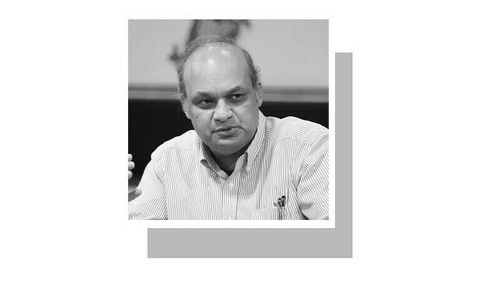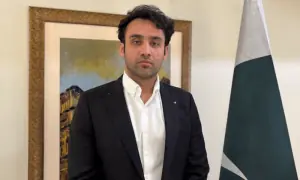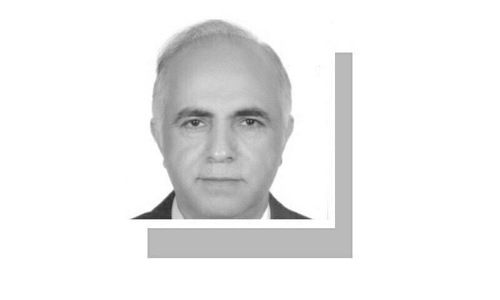SEVENTY-seven years ago on Jan 30, 1948, a right-wing militant assassinated M.K. Gandhi in retaliation for his solidarity with Muslim victims of post-partition riots. A few days earlier, Gandhi broke his last fast after obtaining commitments from religious community leaders that India’s Muslims would be protected and those forced to leave their homes allowed to return.
He paid for his commitment to religious co-existence in independent India with his life. One would think that his support for Muslims would give him a high stature in Pakistan, but this is not the case. During riots in 1950, his statue opposite the Sindh High Court in Karachi was pulled down. Gandhi’s role as leader of Congress and his opposition to partition have meant that his teachings have no place in our history books.
This is a pity because there is much we can learn from the unique South Asian leader. Many aspects of his outlook were problematic, and some of his great contemporaries such as the Dalit leader B.R. Ambedkar and progressive writer Rabindranath Tagore disagreed with many of his views. But Gandhi’s insights into the effects of Western imperialism, the role of spiritual morality in public life and the dark sides of modernity continue to have relevance, not only for South Asians, but for a world that is becoming increasingly difficult to theorise using well-worn paradigms of social analysis in the left or the right.
We can learn from the unique South Asian leader.
I discuss three of these insights: first, Gandhi’s approach to accommodating radical diversities within society, second his rejection of Western models of economic growth, and finally his commitment to non-violent political resistance.
How should the many layers of religious and cultural diversities in India be accommodated? This was a major challenge to pre-1947 Indian politics and it remains an existential one in South Asia today. Gandhi believed that radical diversities could coexist in independent India as they had for millennia prior to European colonisation. In Hind Swaraj, he writes that the essence of India’s national identity and the basis for its continuity is its “faculty for assimilation”. For Gandhi, removal of religion from public life was neither possible nor desirable given the deeply religious ethos of India’s people. He believed in drawing from the spiritual ethics of all religions to shape a shared political morality.
Second, Gandhi believed Western models of economic growth could not be sustained by the planet. He understood that rapid large-scale industrialisation in the Global South would intensify inequalities and deplete natural resources. He advocated for localised growth driven by self-sustaining villages organised on a cooperative basis, and led campaigns boycotting Western industrial goods.
Gandhi’s rejection of the West had its critics. Tagore wrote that such rejection amounted to parochialism and called for a “true meeting of the East and the West”. After independence, India did not adopt Gandhi’s economic vision and moved towards industrialisation and centralisation. Even though Gandhi’s prescriptions may seem quaint, in this era of climate catastrophe it is striking to see how contemporary calls for environmentally sustainable economies and a return to smaller-scale, localised production echo his proposals.
Finally, his commitment to non-violent resistance inspired activists everywhere. He advocated non-violence for its own sake, as a principle consistent with respect for life, while demonstrating that non-violence is also an effective tactical tool. European imperialism justifies itself as a ‘civilising’ mission. Discrediting this façade was crucial to end its dominance. The Dandi March led by Gandhi in 1930 to retrieve salt from the seashore in defiance of the salt tax became a world-famous example of non-violent resistance through direct action.
Sharp criticism of Gandhian non-violence comes from Arundhati Roy who notes that the performative power of non-violent resistance is unavailable to marginalised people without an audience. While we should consider perspectives from different struggles, it is clear that Gandhi’s message of non-violence inspired movements as diverse as Bacha Khan’s Khudai Khidmatgars and the 1960s civil rights movement in the US. Martin Luther King Jr said that Gandhi’s non-violent resistance was the “only morally and practically sound method open to oppressed people in their struggle for freedom”.
Gandhi predicted perhaps better than any other major 20th-century leader the climate crisis, the destructive capacities of powerful states with large armies, and the anti-democratic tendencies in economic and political systems geared to satisfy material greed. We in Pakistan should critically engage with his thoughts to develop the intellectual and ethical resources we need to build a national identity that still eludes us.
The writer is a lawyer.
Published in Dawn, January 29th, 2025

































